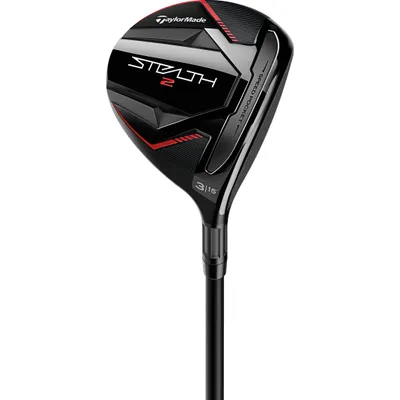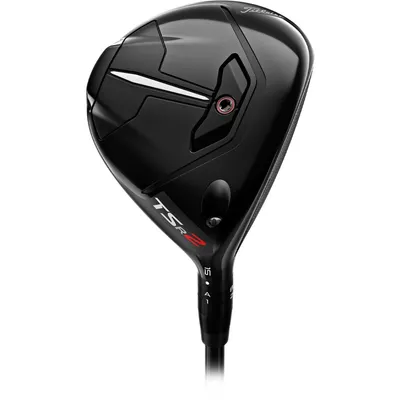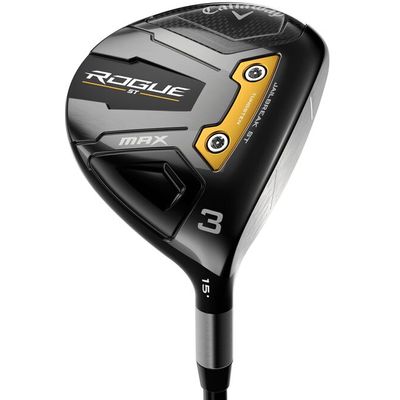How to Choose the Right Fairway Woods
You’ve mastered your driver, you’re hitting your irons with absolute precision, and you’re sinking putts with ease. Now it’s time to consider adding a few clubs to your arsenal, and a new set of fairway woods is a good start.
But do you know how to choose a fairway wood that’s right for you? With a range of options from brands such as PING and TaylorMade, there are plenty to choose from. Suppose you’re a beginner: should you choose a different fairway wood as opposed to an intermediate or scratch player?
Fairway woods can be a great investment in your game, but there are a few important things that you need to know before rushing off to purchase the next additions to your golf bag.
What Are Fairway Woods?
Fairway woods are golf clubs that have longer shafts – sitting noticeably higher in the golf bag compared to other clubs with a large head at the end of the shaft. Fairway woods derive their name from their original composition – the wood of a persimmon tree – but now are available in various composites, steel and even titanium.
Fairway woods are both similar and dissimilar from drivers, as this particular club is designed to be utilized on the fairway or a good lie in the rough. There are some great features to fairway woods that make them the perfect choice for any shot that needs to close some serious distance. The long shafts permit maximum power to be transferred to the ball – much like a driver – while their smaller faces compensate for fairway shots. These clubs are also loftier than drivers, helping golfers get the ball up and away at varying degrees.
Fairway Wood Specs
There are a wide variety of fairway wood brands and models available on the market today, which can make deciding on the best set of woods for you a little intimidating. We would like to go over the most common applications for fairway woods so that you can find the clubs that will work well for you and your long game.
Most golfers today tote three members of the woods family in their bags: their driver, along with two fairway woods (of course, you can always carry more or less).
The most common fairway woods are the 3-wood and 5-wood, although other versions are perfect for different applications. The degrees of fairway woods range from 13 degrees (which would be considered a low-trajectory 3-wood) to a 38-degree 11-wood (which would be a high-lofted option for a player with a slower swing speed).
How to Choose a Fairway Wood: Fairway Wood Tips
Now that you’re familiar with the features and benefits that fairway woods have to offer, how exactly should you choose the fairway woods that are right for you?
First, consider what you’re looking for in a set of fairway woods. After a quick evaluation of your game, check out the range of features each component of a fairway wood has to offer to find the specific club that will benefit you the most.
Fairway Wood Shafts
Fairway woods primarily come with graphite shafts, although some experienced players prefer the solid feel of the less-common steel shaft. When considering the possibilities, keep in mind that choosing a graphite shaft will provide you with the height that most intermediate players are looking for. If you want to keep your ball lower, consider a steel shaft.
Fairway Wood Clubheads
The engines behind the power that fairway woods provide off the grass are the clubheads. This key part of the equipment is designed to deliver the raw power of a driver without the large bulbous head, allowing the golfer to hit solid second shots from the fairway without pulling out the irons.
Fairway Wood Numbers and Lofts
Fairway woods are categorized by their numbers and/or lofts. The combinations of lofts and wood numbers are endless, and just because one particular brand’s 3-wood carries 13 degrees of loft, it doesn’t mean that another brand’s 3-wood will carry the same angle.
The lowest lofts, like those inherent to 3- and 4-woods, keep the ball low and screaming down the fairway. They are perfect alternatives to drivers, and can even be utilized in place of your driver if you’re looking for more control beyond the tee; it’s worth noticing that distance may suffer slightly.
Mid-lofts would be the 5- to 7-woods, which are perfect for getting the ball up in the air and off the fairway. If you’re not keen on hitting your 3- and 4-irons, then a 5- or 7-wood would be a perfect replacement.
Anything over a 9-wood would be considered a high-lofted fairway wood, ranging from 28 to 38 degrees of loft. These clubs are fantastic for replacing the mid-range irons, and can easily substitute the 5 and 6-irons in your bag..
Choosing the right set of fairway woods is all about evaluating the strengths and weaknesses in your long game after the tee shot. This kind of club can help you achieve a great second shot without worrying about the over-swinging that tends to coincide with long irons. The multitude of loft and shaft options can also help get your ball up in the air and toward the green, regardless of your distance from the hole. Here are some great fairway woods that will help you intermediate game:






